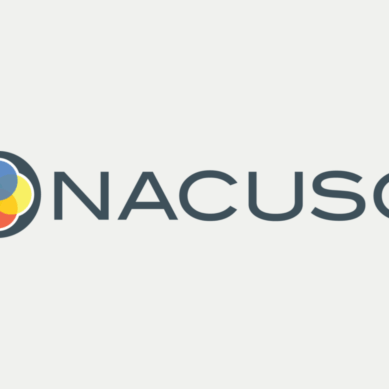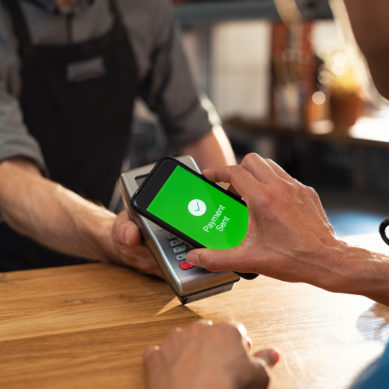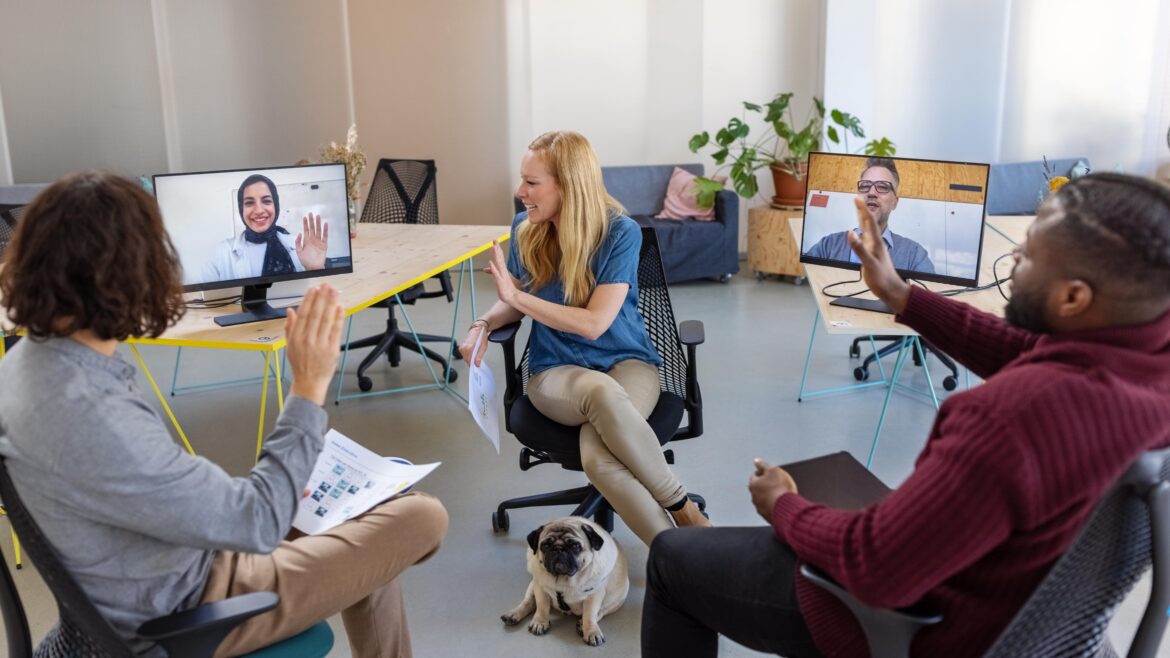Recently I was having coffee with my friend Michelle. Like all good friends, our conversations were centered around the usual topics. Binge-worthy shows on Netflix, getting far away from cold Michigan tundra, and whether or not business meetings should be held in person or online. There was other conversation about our professional lives, but this topic was the highlight of my week.
Michelle, being a high-profile event planning superstar, argued that there should never be a solely online or in-person type of meeting again! Hybrid meetings, says Michelle, are the now and the future. Given Michelle’s experience, I knew I should afford her the opportunity to share her point of view. With Michelle’s permission, here are the highlights!
Go hybrid or get left behind
Virtual events were all the rage during the height of the pandemic. Workers, school children, frazzled parents, and even little old ladies all learned how to log into a virtual application to visit with loved ones, attend school, or even go to work. Now that we are hopefully moving past the pandemic, it would be silly to abandon the advantages that electronic meetings can give us.
In the workplace, where participants have come to expect to be able to connect electronically, we are predicting that most events will have some type of virtual component. After all, our lives are hybrid; all of us seamlessly move between in-person and online experiences every single day. It makes sense that meetings would continue to use the advantages that virtual connections have given us. The general consensus in the event industry is that a simple in-person event is not going to be enough for 2022 and after. Credit unions must jump on the hybrid bandwagon or get left behind.
A hybrid event is more than a live stream of your presentation. A hybrid event incorporates both in-person and virtual elements to unlock a live dialogue between presenters and attendees, no matter where you are attending from. It’s both a live event and a virtual event at the same time.
A hybrid element breaks down the barriers we can encounter in today’s fraught society: barriers of illness, accessibility, geography, time zones, and even parenting. Hybrid events enable a larger audience access to your presentation and isn’t that the ultimate goal?
Bring your audience together
But hybrid events aren’t just for large events like trade shows, conferences, and seminars. Even smaller meetings like board meetings and strategic sessions can benefit from being hybrid or at the very least having a hybrid element on the agenda. For something as straightforward as a board meeting, a hybrid event might be important simply so you can reach a quorum. For a strategic meeting, a hybrid element can make sure you get valuable input from all the members of your team.
Forget the preconception that you need a fancy computer program to hold a successful hybrid event. A program as simple as Zoom and a little bit of creativity is enough to incorporate everyone’s participation. But to be successful, the hybrid event does need a bit more planning than a simple virtual or in-person event.
A well-planned hybrid event offers just as much value for the virtual attendees as for the in-person attendees. Perhaps more importantly, it has opportunities to bridge the gap between virtual and live. To help plan for every contingency in our uncertain world it’s best to plan your one event on three different tracks: the in-person track, the virtual track, and the track that bridges the gap between the two.
For instance, the in-person agenda may consist of a pre-event cocktail or lunch hour for networking and then a live meeting. Incorporating a hybrid element would make sure that those signing on virtually would also have access an hour early for online networking and then they can join the in-person audience for the live meeting. A bridge the gap component might be to have a question-and-answer period where the speaker takes questions from both the in-person and virtual audience. Having a split-screen behind the speaker would bring the audience together.
Tips for planning a hybrid event
1. Make sure both on-site attendees and remote attendees can “enter” the event early to engage in pre-event socializing
Networking will always be an advantage of an event, so no matter how your audience is attending, make sure there is ample time to network beforehand. This is especially important for your remote participants as it’s easy to feel disconnected when connections are electronic.
2. Choose your moderator carefully
Look for a moderator who will not only deliver your material but also keep everyone involved and moving forward. The moderator can also serve as the administrator of your group chat. In the moderated chat, he or she has the power to block unwanted users, approve or reject messages before they go live, mute everyone, and more.
3. Keep it casual
As scary as it is to use tech that you may not be very familiar with, avoid the temptation to prerecord. Live streaming has a casual feel that is much more inviting than a prerecorded conference. A true hybrid event keeps connections strong and builds trust by allowing for the occasional glitch. Engaging in small talk both before and after the meeting, in real-time, keeps both you and your company approachable. Remote communication is hard enough for everyone. But keeping things casual builds meaningful connections.
4. Share more than a meeting, share an experience
It’s common to provide food and beverage during the pre-event, but a good hybrid event can use this to bridge the audiences using all of their senses. A custom curated experience box can harness your audiences’ senses by using exciting event swag that guests both in your audience and at home can open at specific times during the event.
5. Simple sign-on
Make sure that it is simple to sign onto the virtual event by sending a digital invite along with a QR code. This makes it more accessible to your participants. In fact, all parts of the event such as professional training or separate networking sites should all have QR code access.
6. Bridge the gap between your two audiences
Everyone likes to be included and this is a great opportunity to bridge the gap between your in-person and virtual audience. You may hold a virtual demo using planned online hosts projected onto both the stage screen and the computer screens. Another effective form of connection is to have small online breakout sessions while your live audience breaks into smaller groups.
You might hold online games or polls to form connections between the audiences. Both remote viewers and in-person audience members would complete polls or play a game from their phones. The app would then aggregate all responses, showing a complete picture of the audience’s answers.
And of course, Q & A sessions between in-person and online audience members with your speakers are always effective.
7. Professional development training
It’s not new to give audience members professional development training or even a good old-fashioned mission moment, but it is much easier to do with today’s technology. Giving attendees a mission moment video to watch before the event or homework to do pre-event can get your audience excited about the occasion to come, and helps to discourage the last-minute excuses not to attend. You can make these opportunities available at registration or even farm them out strategically before the event.
8. Keep it short
Recent research has shown that remote viewers start dropping off heavily after 30 minutes, so whatever you do make sure to keep it lively, fun, and short.
Would you like hybrid meetings with your coffee?
With a little bit of planning, a hybrid meeting can expand the reach of your company and creatively involve input from everyone. Hybrid elements in your agenda can make the viewing experience just as valuable to your online audience as the in-person experience.
Hybrid meetings turn the business lessons of the past year into valuable tools, combining the best of both virtual and live connections. This gives value to both you and your audience. As we continue to grow and evolve one thing is certain: if you want to ensure your relevancy you must incorporate hybrid meetings into your agenda.
As you sip your next cup of coffee, we would love to hear your comments. In what ways will you make hybrid meetings a part of your strategic plan?

























































chip+filson#1
very well written. Personal and practical information. And a realistic approach to many future meetings.